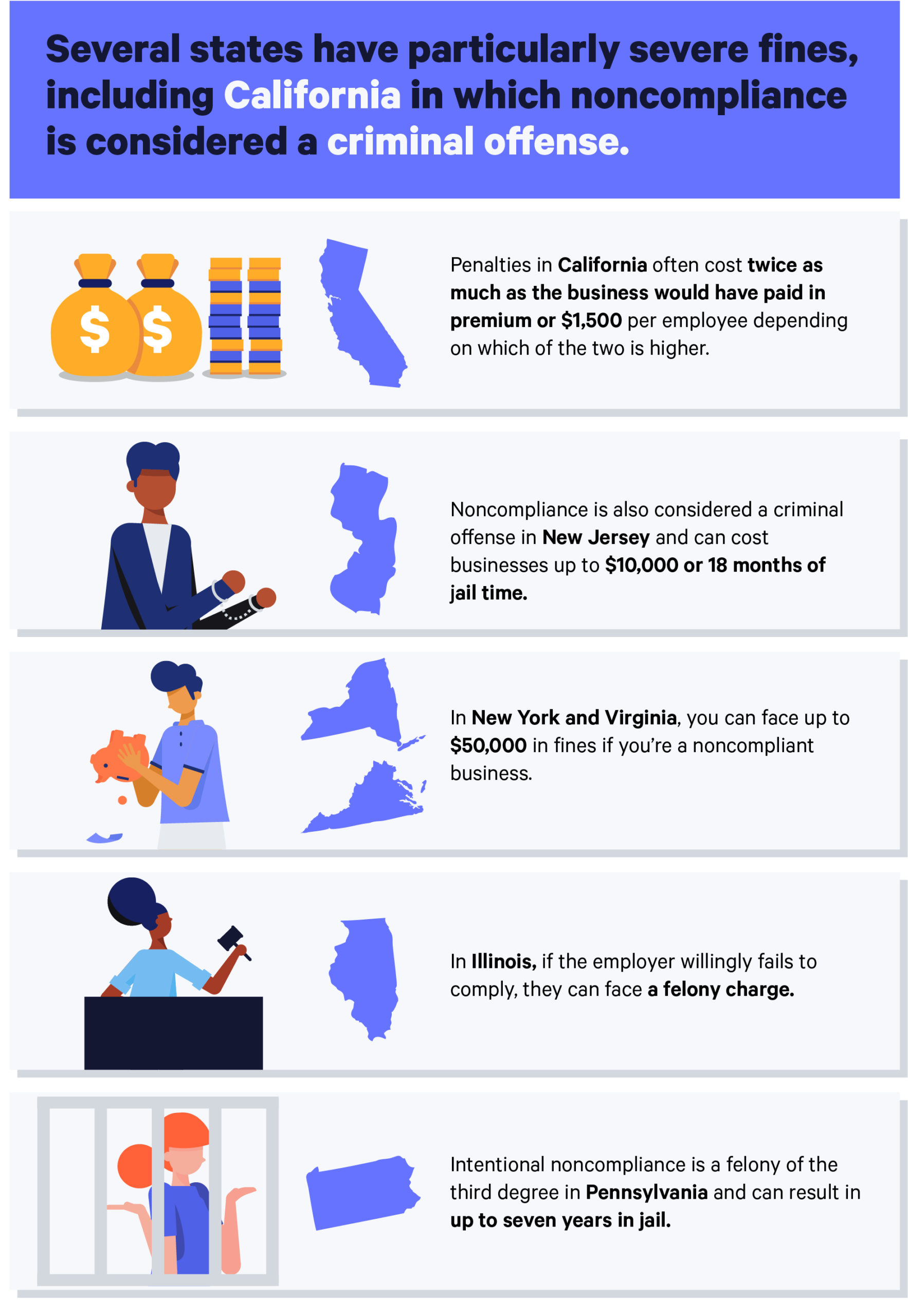Understanding Loan to Cost: A Comprehensive Guide for Real Estate Investors
#### What is Loan to Cost?Loan to Cost (LTC) is a financial metric used primarily in real estate development to determine the ratio of a loan amount to the……
#### What is Loan to Cost?
Loan to Cost (LTC) is a financial metric used primarily in real estate development to determine the ratio of a loan amount to the total cost of a project. It is calculated by dividing the total loan amount by the total project costs, which include land acquisition, construction, and other associated expenses. This ratio is crucial for developers and investors as it helps assess the financial feasibility of a project and the level of risk involved.
#### The Importance of Loan to Cost in Real Estate
Understanding Loan to Cost is essential for real estate investors and developers because it provides insight into how much financing is needed relative to the total investment required. A lower LTC ratio indicates that the developer is putting more equity into the project, which can be seen as a lower risk for lenders. Conversely, a higher LTC ratio may suggest that the developer is relying more heavily on borrowed funds, potentially increasing the risk profile of the investment.
#### How to Calculate Loan to Cost
To calculate Loan to Cost, follow these simple steps:

1. **Determine Total Project Costs**: This includes the cost of land, construction, permits, and any other expenses associated with the project.
2. **Identify the Loan Amount**: This is the amount of money you are borrowing to finance the project.
3. **Apply the Formula**: Use the formula LTC = (Loan Amount / Total Project Costs) x 100 to get the percentage.
For example, if the total project costs are $1,000,000 and the loan amount is $750,000, the LTC would be 75%. This means that 75% of the project is being financed through debt, while the remaining 25% is covered by equity.
#### Factors Influencing Loan to Cost Ratios

Several factors can influence the Loan to Cost ratio, including:
- **Market Conditions**: In a strong real estate market, lenders may be more willing to offer higher LTC ratios due to increased demand and lower perceived risk.
- **Project Type**: Different types of projects (e.g., residential, commercial, or mixed-use) may have varying acceptable LTC ratios based on their risk profiles.
- **Developer Experience**: Experienced developers may secure more favorable LTC ratios due to their track record and established relationships with lenders.
#### Loan to Cost vs. Loan to Value

It is essential to differentiate between Loan to Cost (LTC) and Loan to Value (LTV). While LTC focuses on the cost of the project relative to the loan amount, LTV compares the loan amount to the appraised value of the property once completed. LTV is often used in existing properties, while LTC is more relevant during the development phase.
#### Conclusion
In summary, Loan to Cost is a vital metric for real estate investors and developers, providing insight into the financial structure of a project. Understanding how to calculate and interpret LTC can help investors make informed decisions, manage risks, and secure financing more effectively. By keeping an eye on market conditions, project types, and personal experience, developers can optimize their financing strategies and enhance their chances of success in the competitive real estate landscape.